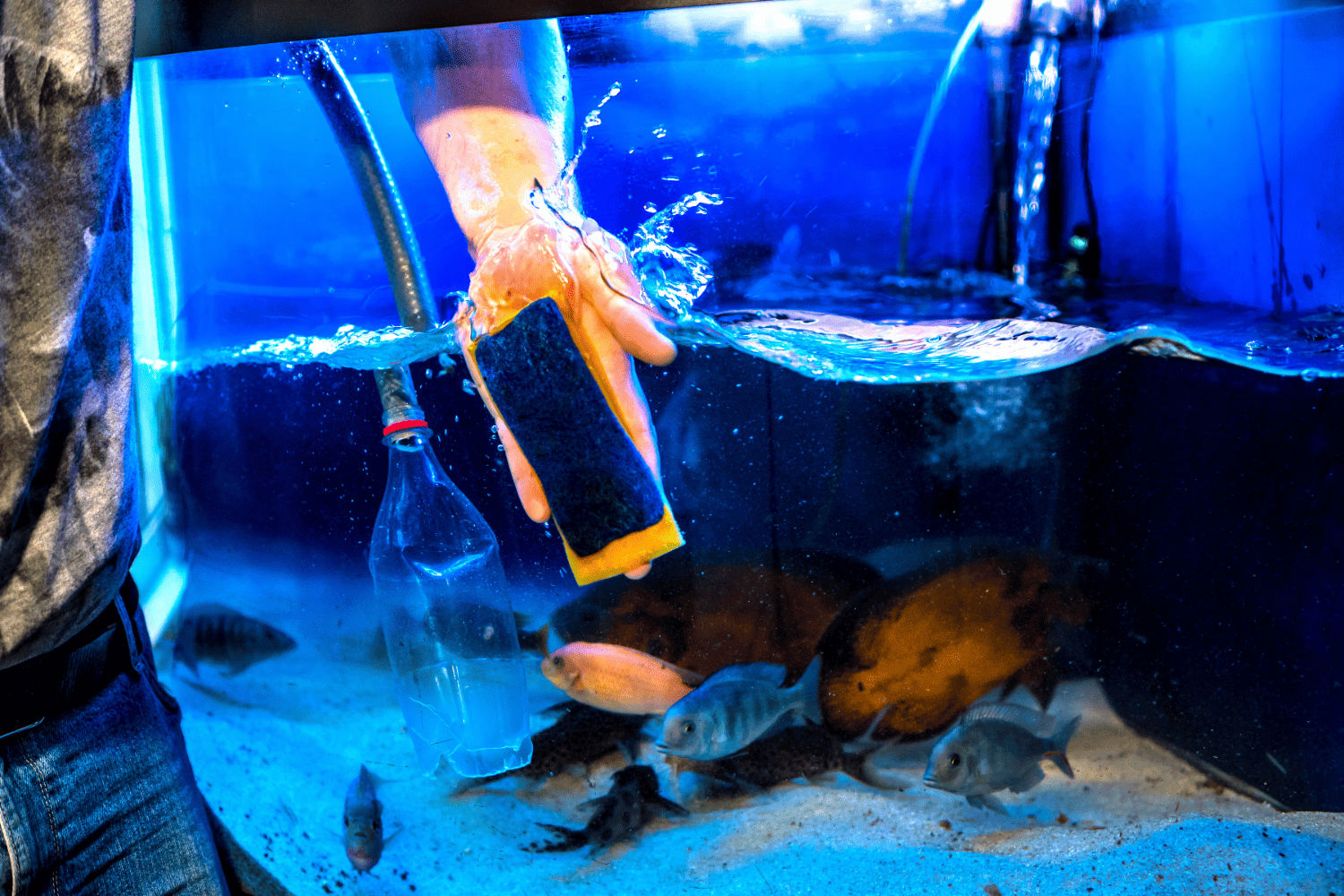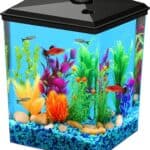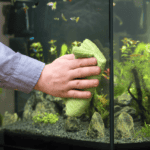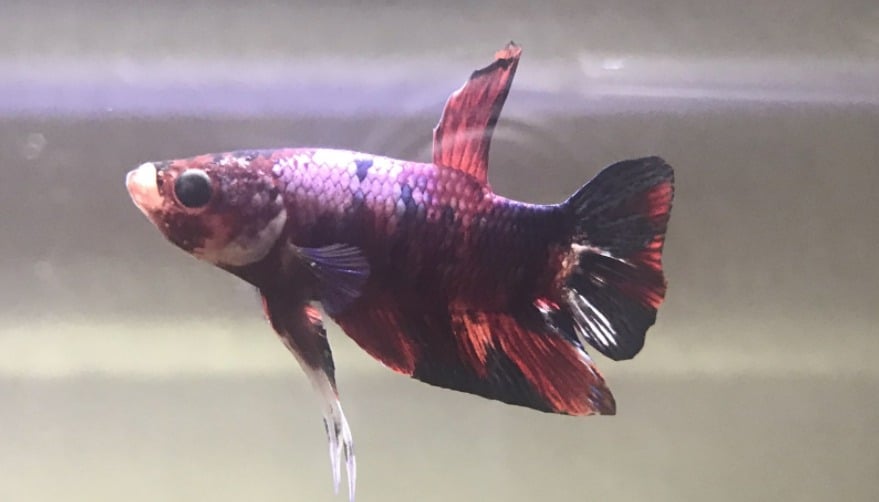Looking at your fish swimming freely in a crystal-clear aquarium is a serene sight. However, maintaining this pristine environment requires regular cleaning, especially of the aquarium glass, the window to this aquatic world. In this article, we will guide you through how to effectively clean aquarium glass, preserving the health of your aquatic life and keeping your view unobstructed.
Why Cleaning Aquarium Glass is Essential
Firstly, let’s understand why this chore is important. Think of your aquarium as a small, self-contained ecosystem. Just like the way a smudged window can obstruct the view of a beautiful garden, cloudy aquarium glass can obscure the vibrant spectacle inside.
Algae growth is a common issue that plagues aquarium glass. If left unchecked, it not only obscures your view but can also affect the water’s quality and the overall health of your aquatic pets. Picture the glass as the canvas of your aquatic art; a clean canvas showcases your fish and plants in all their splendor.
Necessary Tools for Cleaning Aquarium Glass
Having the right tools can make the process smoother and safer for both you and your aquatic life.
- Algae Scraper/Pad: Used to scrub off algae build-up. Always ensure it’s designed for aquarium use to avoid scratching the glass.
- Razor Blade or Plastic Blade: Handy for stubborn spots, yet caution is required to avoid glass damage.
- Aquarium Glass Cleaner: Specialized solutions help to remove hard water stains.
- Magnetic Algae Cleaners: Convenient tools that allow cleaning from the outside.
- Protective Gloves: Protect your hands and prevent potential contaminants from entering the aquarium.
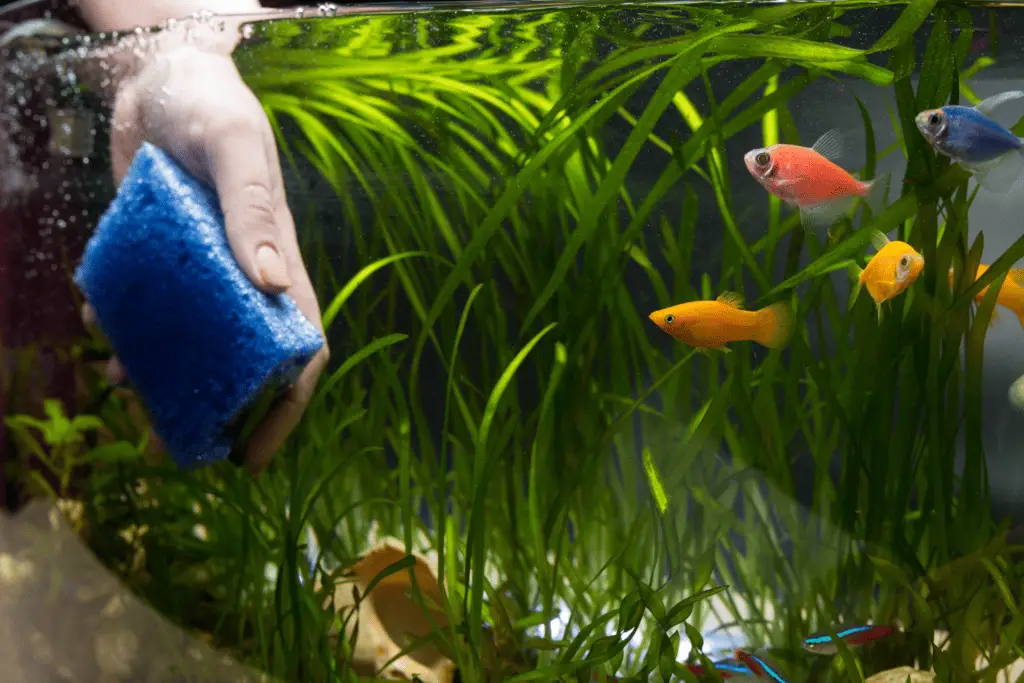
The Step-By-Step Process to Clean Aquarium Glass
Cleaning the glass should be part of your routine aquarium maintenance. Follow these steps, like following a recipe to create a gourmet meal, to keep your aquarium’s visual appeal tantalizing.
Step 1: Remove Algae
Using an algae scraper or pad, gently scrub the interior of the glass. Remember, it’s a marathon, not a sprint; slow and steady prevents causing stress to the fish. Think of it as gently brushing a delicate canvas.
Step 2: Handle Tough Spots
Some areas might require a bit more attention. Use a razor blade (for glass aquariums) or a plastic blade (for acrylic aquariums) for these stubborn spots. Be as precise and careful as a surgeon.
Step 3: Clean the Outside
Spray some aquarium glass cleaner onto a soft cloth and wipe the exterior glass. Imagine it as polishing a window to achieve a perfect gleam.
Step 4: Regular Water Changes
Replace 10-15% of the tank’s water weekly. This is similar to how frequent rains cleanse the environment in nature.
Step 5: Keep Up with Regular Maintenance
Like keeping a well-oiled machine, regular care will reduce the frequency and intensity of deep cleaning sessions.
Dos and Don’ts When Cleaning Aquarium Glass
To ensure the safety and health of your aquatic life, consider these dos and don’ts, which can be seen as road signs guiding your journey of aquarium maintenance.
- Do Use Aquarium-Safe Tools: Any tool that comes into contact with the aquarium should be free from harmful chemicals.
- Don’t Use Household Cleaners: They can leave toxic residues. Stick to cleaners made specifically for aquariums.
- Do Regular Water Changes: Regular water changes help control algae growth.
- Don’t Overfeed Your Fish: Overfeeding can lead to excess nutrients, promoting algae growth.
- Do Consider Algae-Eating Fish: Some fish and snails help control algae naturally.
Choosing the Right Algae-Eating Fish
Sometimes, nature offers the best solutions. Algae-eating fish and invertebrates can be a perfect addition to your aquarium for maintaining clean glass. Think of these creatures as your underwater cleaning crew, diligently keeping algae growth in check.
Here are a few options:
- Plecostomus: This fish species is known for its voracious appetite for algae.
- Otocinclus Catfish: A smaller and equally effective option.
- Nerite Snails: These invertebrates can be quite helpful, plus they add variety to your tank.
- Amano Shrimp: Not only do they eat algae, but they also take care of leftover food and plant matter.
Remember, always consider the compatibility of these species with your existing aquarium inhabitants.
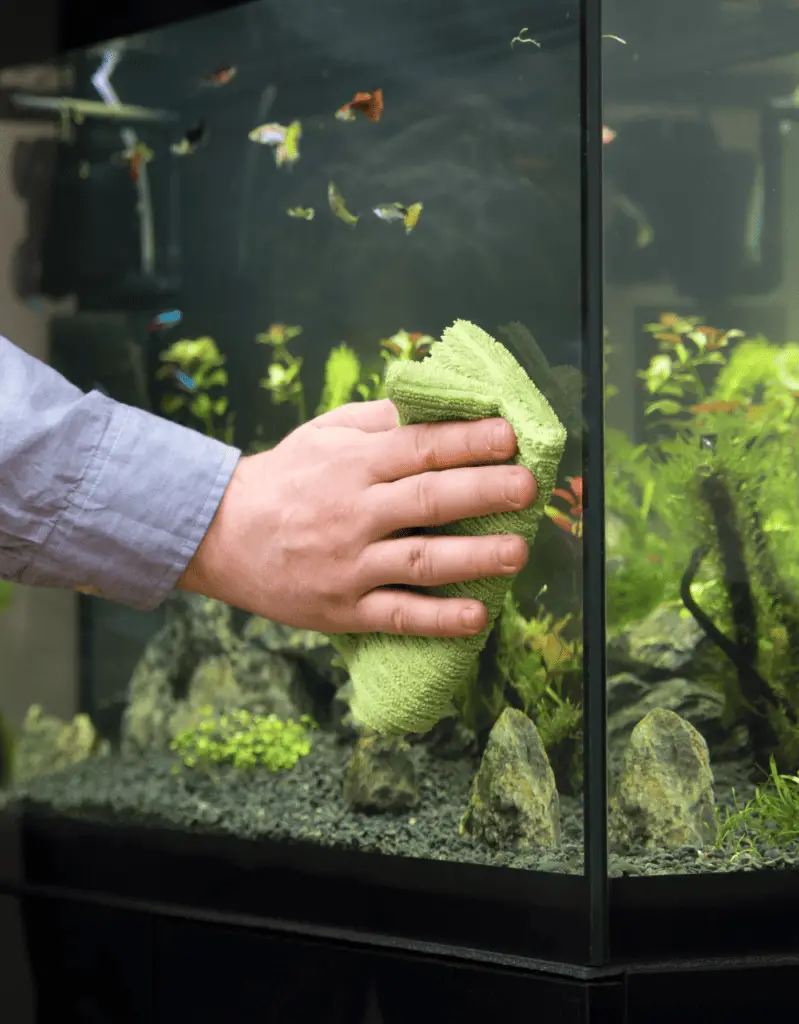
Preventing Algae Growth
Prevention is better than cure, as they say. Keeping algae growth in check can significantly reduce the need for regular cleaning.
Here are some tips:
- Lighting: Limiting the amount of light your aquarium receives can slow down algae growth. Consider using a timer to regulate light exposure.
- Nutrient Control: Excessive nutrients from overfeeding or decaying plants can fuel algae growth. Monitor feeding habits and regularly prune plants.
- Regular Maintenance: Regular water changes and filter maintenance can go a long way in preventing algae blooms.
When to Seek Professional Help
Cleaning an aquarium is usually a DIY task, like a gardener tending to his plants. However, in some cases, you might need to call in the professionals.
If your aquarium is overly large, or if the algae problem persists despite your best efforts, consider reaching out to aquarium maintenance services. These experts are equipped with specialized tools and knowledge to handle even the toughest cleaning challenges.
Frequently Asked Questions About Cleaning Aquarium Glass
In this section, we’ll address some common questions and misconceptions, illuminating the path of your aquarium maintenance journey like a lighthouse guiding ships in the dark.
- Can I use vinegar to clean aquarium glass? Yes, but with caution. Vinegar can be used to clean empty aquariums, but should never be used when fish are present, as it can drastically change the water’s pH levels.
- How often should I clean my aquarium glass? This depends on your tank conditions, including lighting, nutrient levels, and whether you have algae-eating fish. Generally, a quick clean every week during water changes should suffice.
- Can I use a regular sponge to clean my aquarium glass? No. Regular kitchen sponges may contain chemicals harmful to fish. Always use a sponge designed for aquarium use.
Conclusion
The task of cleaning aquarium glass might seem daunting at first, but armed with the right knowledge, tools, and routine, it’s more than manageable. It’s a task that demands a careful hand, like a potter shaping clay on a wheel, but the end result—a beautifully clear and healthy aquarium—is well worth it.
Remember that this process isn’t just about cleanliness or aesthetics. It’s a testament to your dedication as an aquarium owner, and a vital aspect of providing your underwater companions with a home that mirrors the clarity and purity of their natural habitats. As you continue to learn and adapt your cleaning strategies, always consider what is best for the well-being of your aquatic friends. In doing so, you’ll find that the joys and rewards of aquarium ownership only grow with time.
